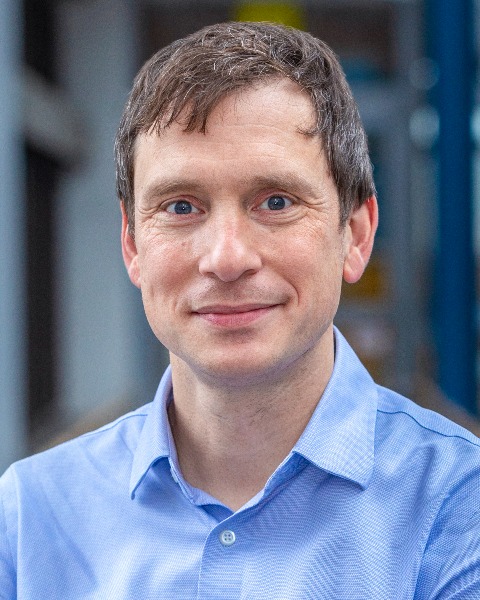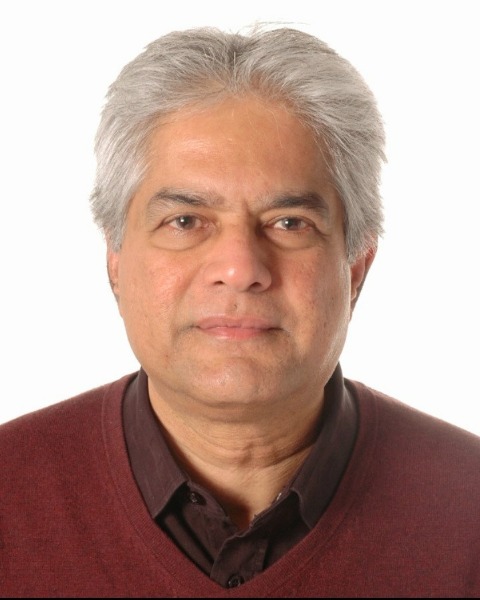Back
Display Week 2022
OLED,HDR and High Color Gamut Technologies
Seminar 15: Simulation of Organic Devices – from OLEDs to Organic Electrochemical Transistors and Biosensors
Monday, May 9, 2022
4:30 PM – 6:00 PM
Location: LL21ABC

Björn Lüssem, Dr.
Professor
University of Bremen
Bremen, Germany
Arokia Nathan, PhD
Fellow
University of Cambridge
Cambridge, England, United Kingdom
Seminar Presenter(s)
Moderator(s)
Targeted development and optimization of organic devices are essential for a further market penetration of organic electronics. Electrical and optical modeling play an important role to reach this aim. Not only can they be used to guide development efforts, but to explain experimental trends and to provide a deeper insight into device physics as well. This seminar will cover fundamentals of electrical and optical simulation of organic devices. Numerical methods with different level of microscopic details are introduced, ranging from Monte Carlo Simulations to continuum drift-diffusion models. These models will be applied toward DC and AC modeling of 1D organic devices such as organic light-emitting diodes and organic solar cells, and fundamentals of calculating optical emission inside the OLED cavity will be covered. Not only will 1D modeling of organic optoelectronic devices be discussed, but modeling strategies of a relatively new organic device – organic electrochemical transistors – are presented as well. Strategies to efficiently model these 2D devices and to include electronic and ionic charge transport, alongside different redox processes, will be discussed. An outlook is provided towards the predictivity of these models toward the optimization of organic biosensors.

.png)
.png)
.png)
.png)
.png)
.png)
.png)
.png)
.png)
.png)
.png)
.png)
.png)
.png)
.png)
.png)
.png)
.png)
.png)
.png)
.png)
.png)
.png)
.png)
.png)
.png)